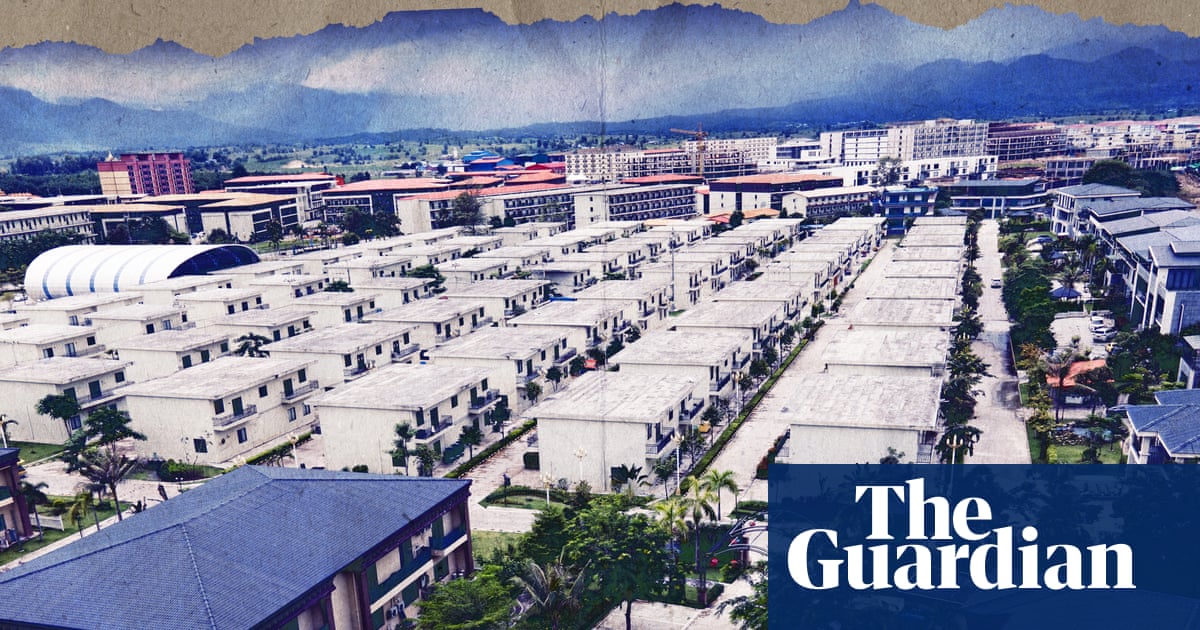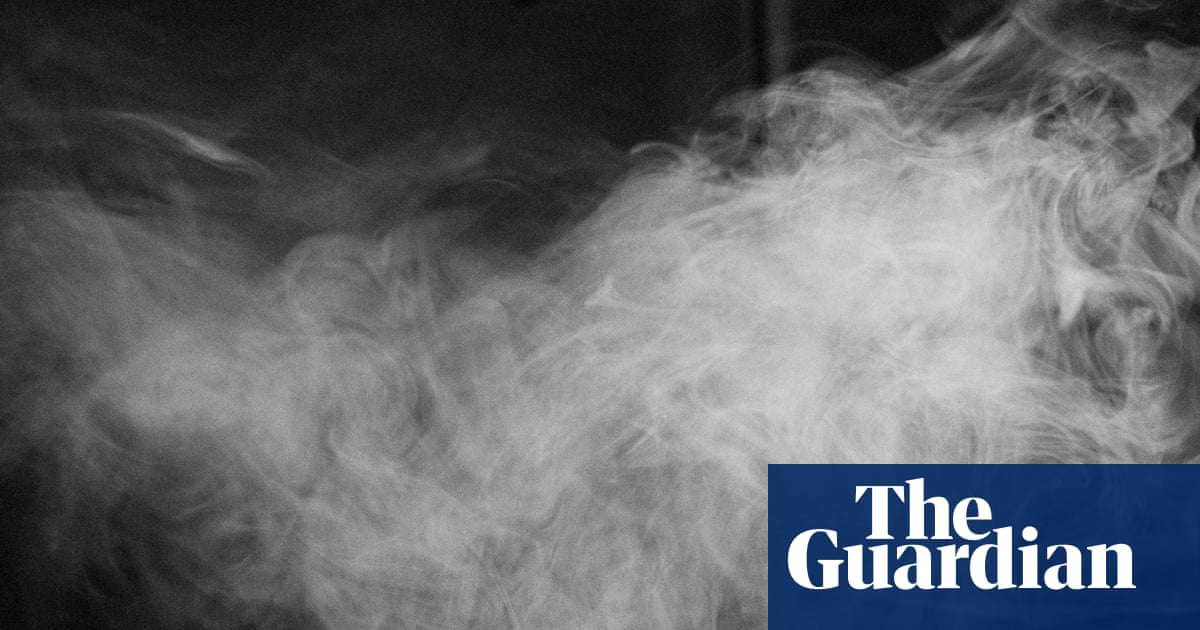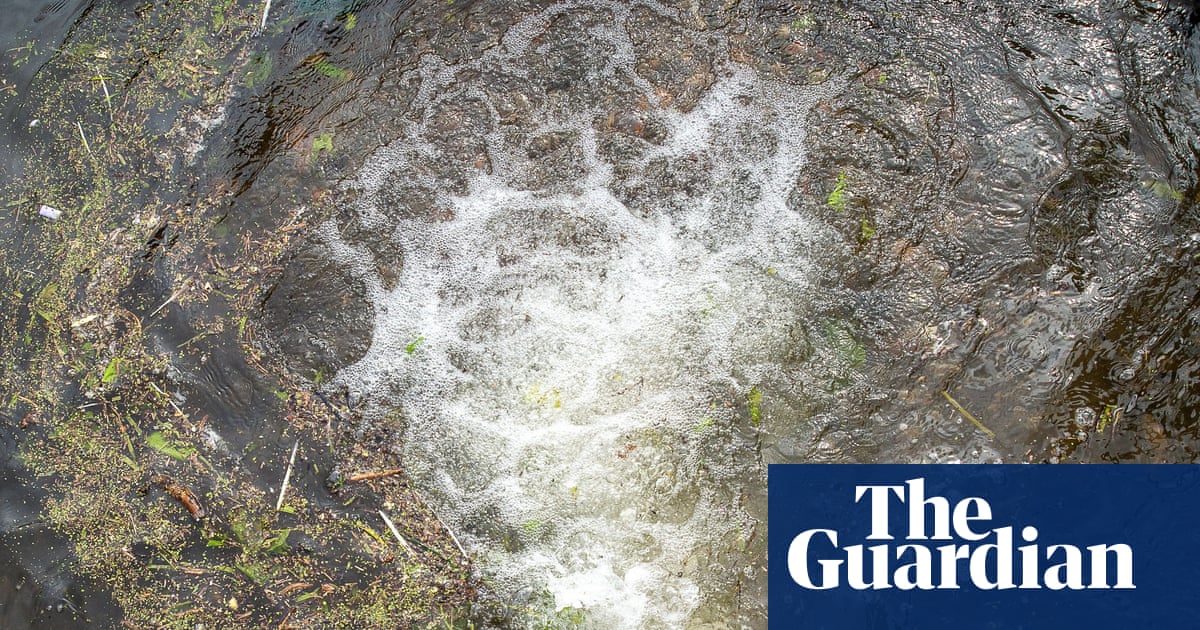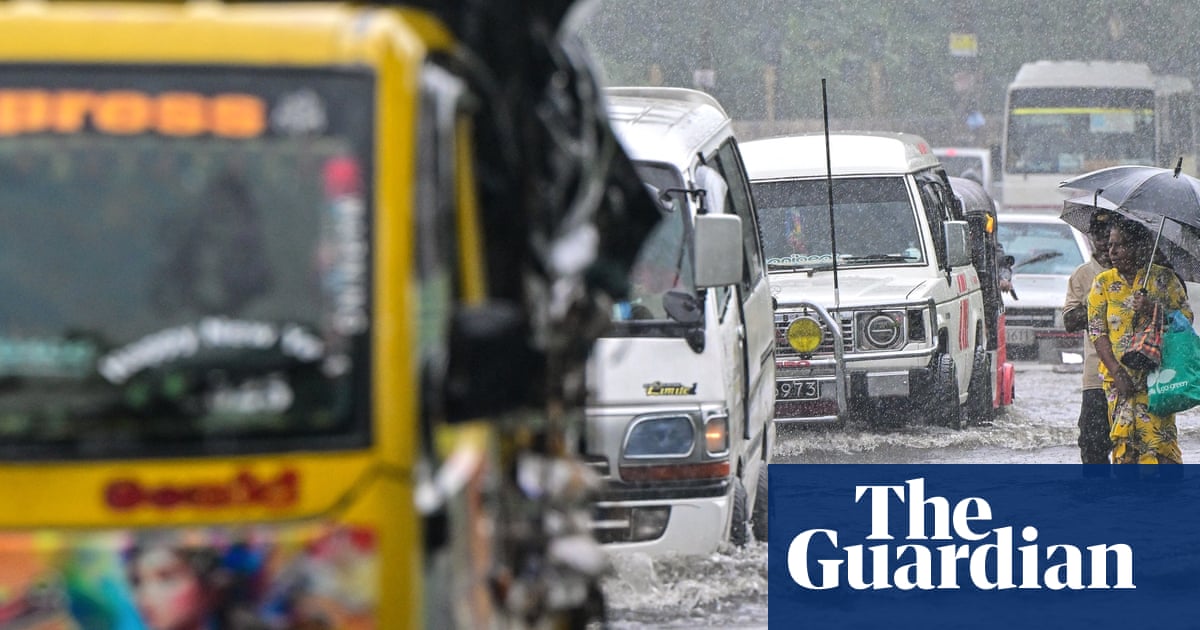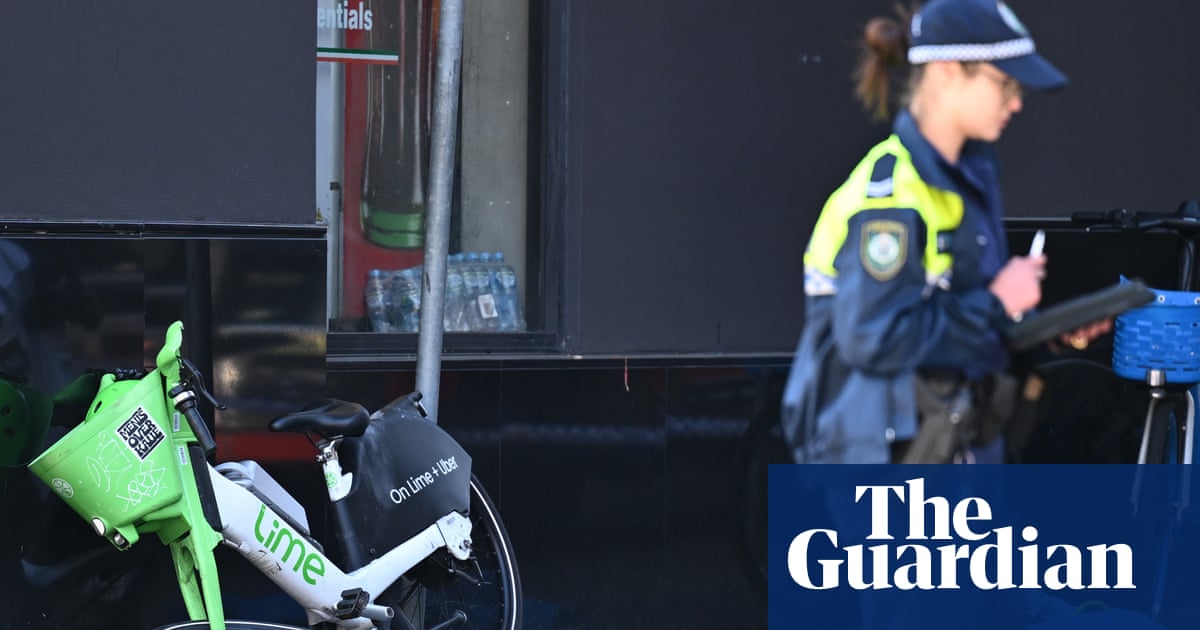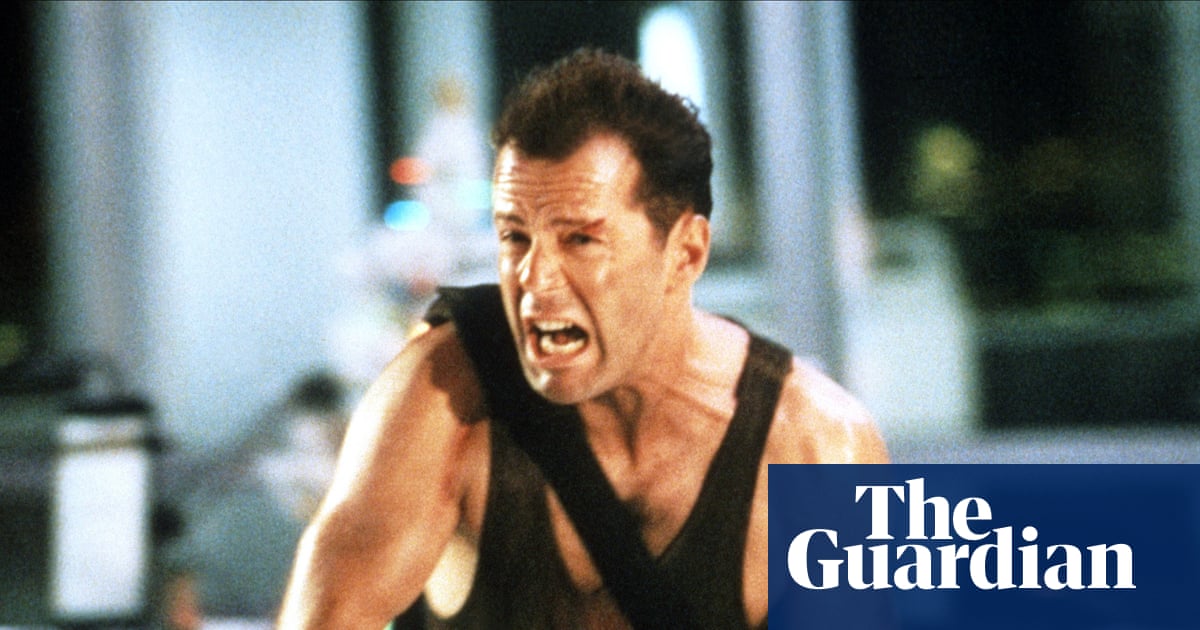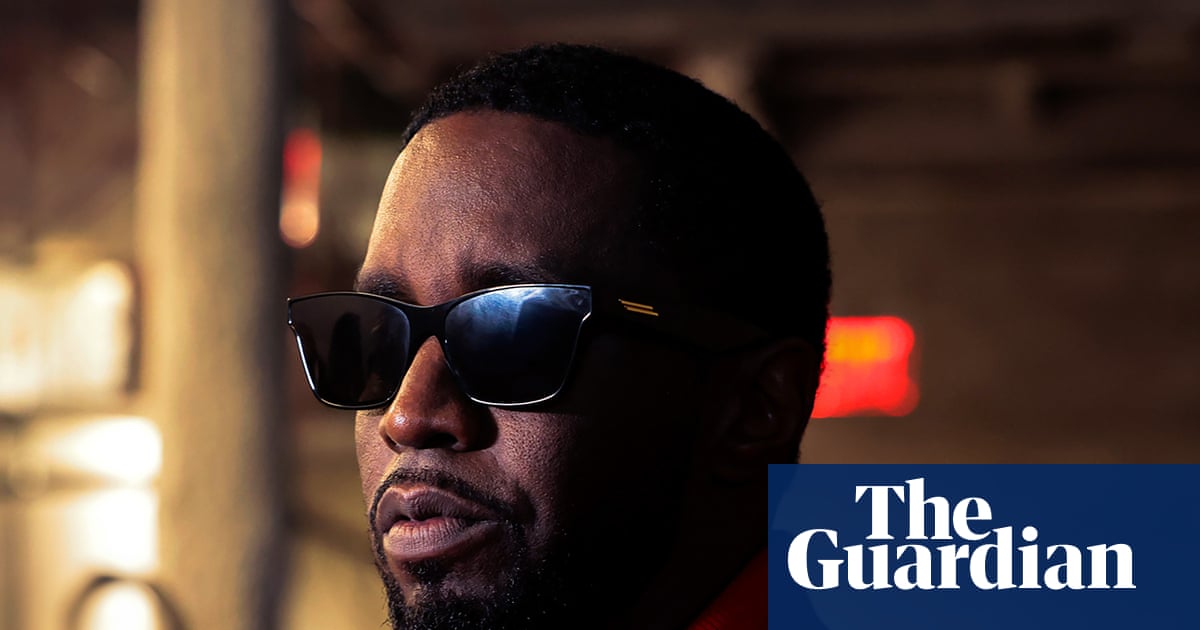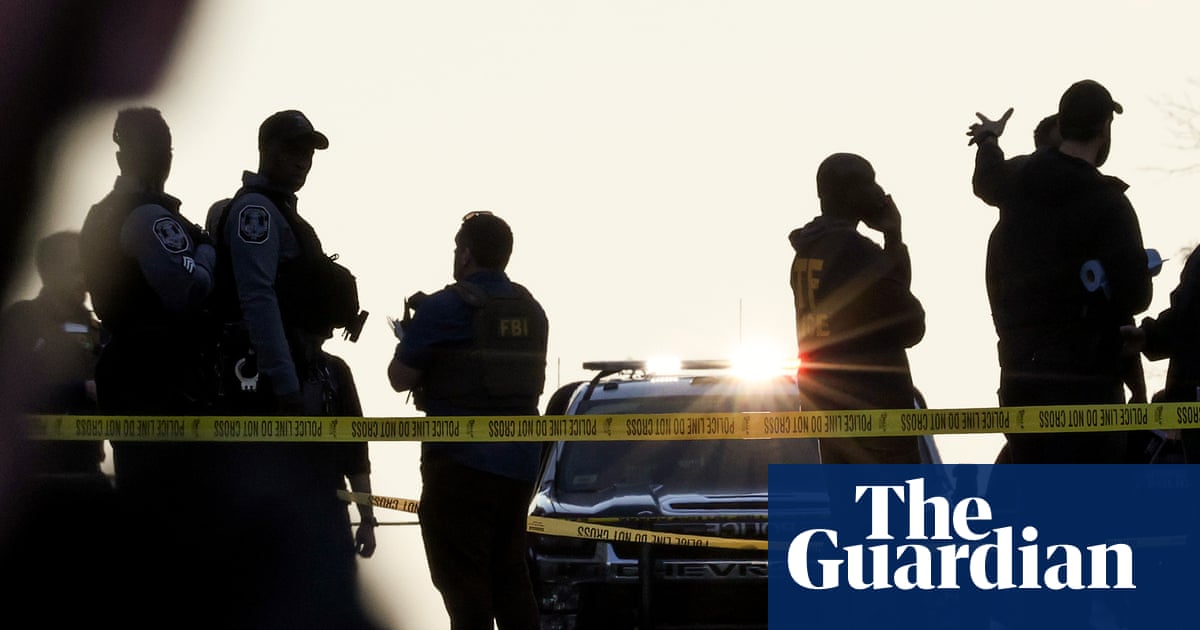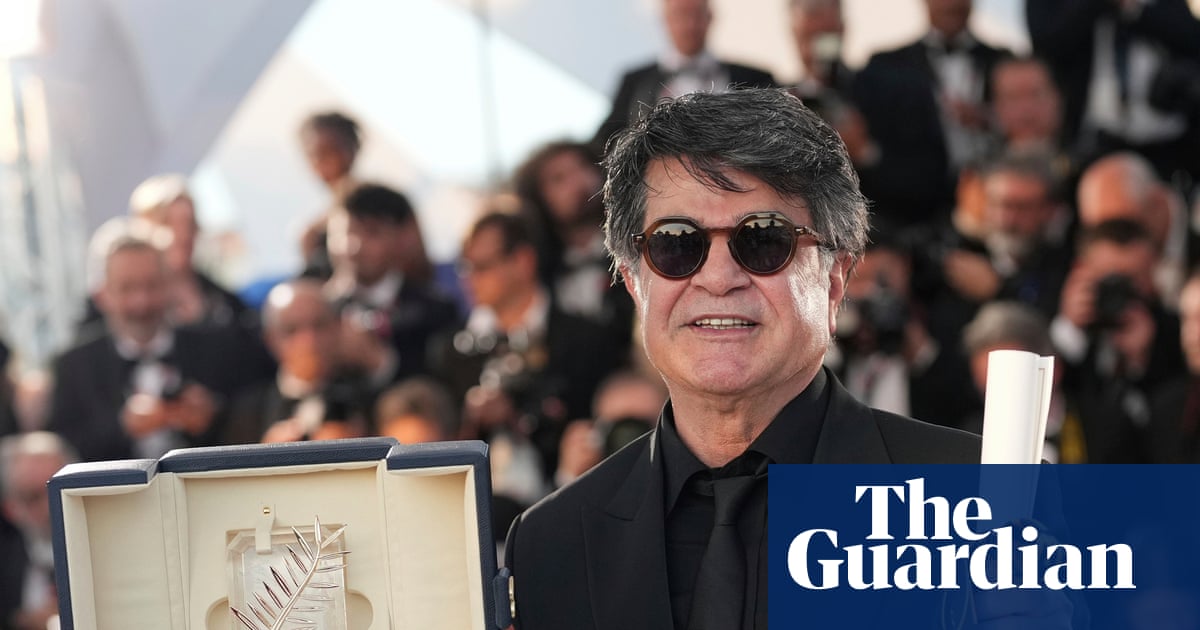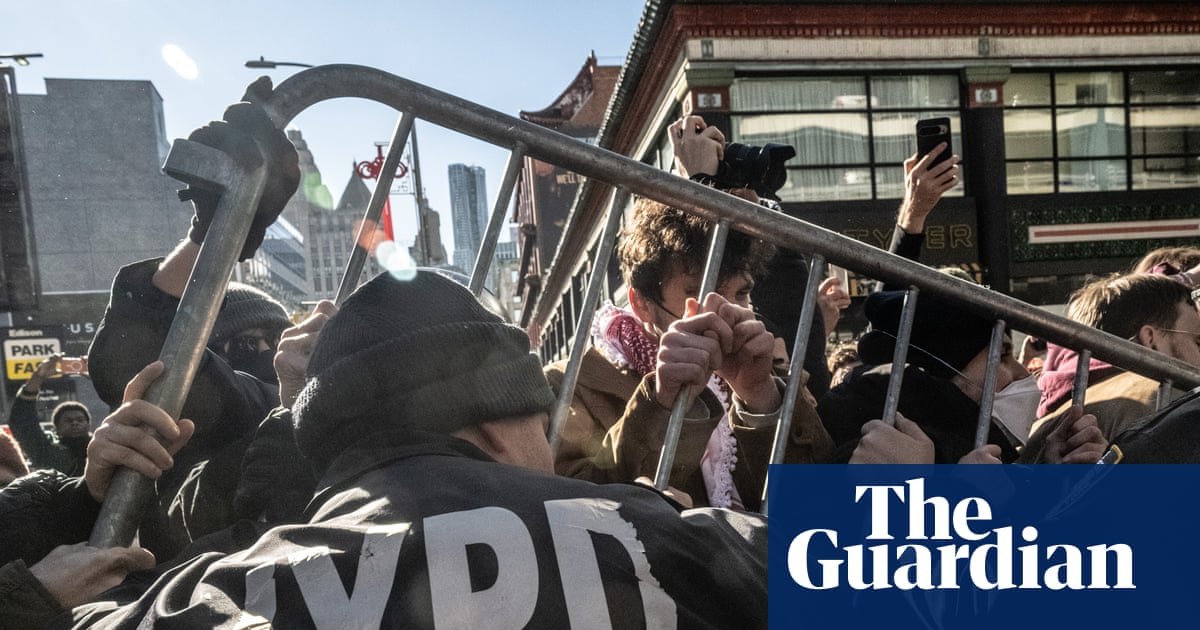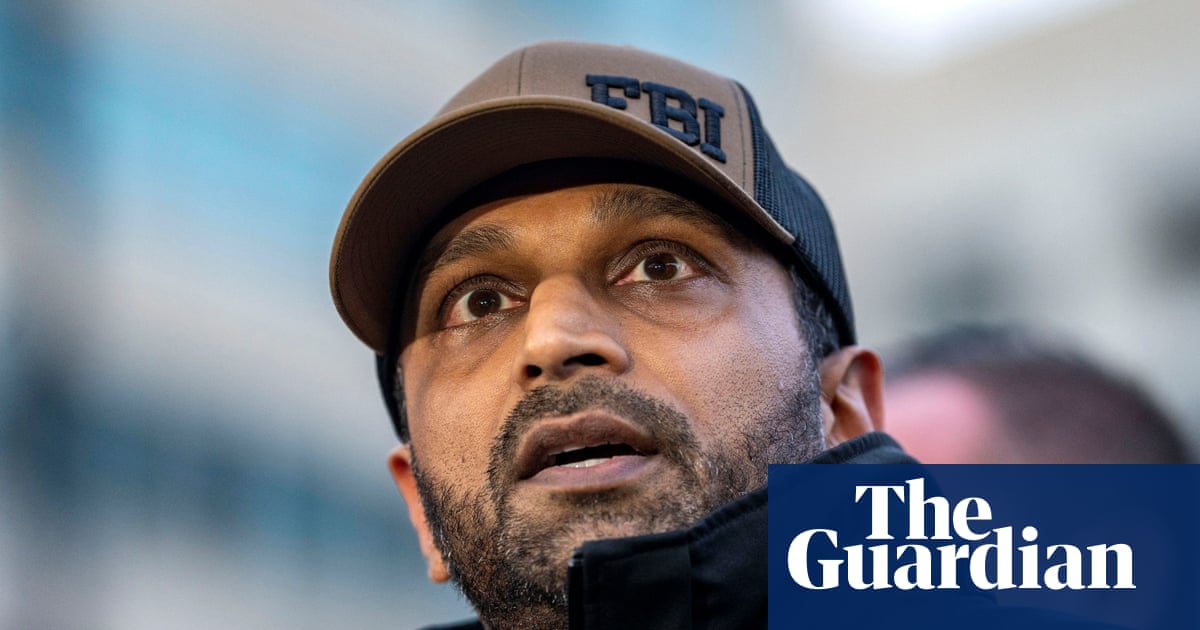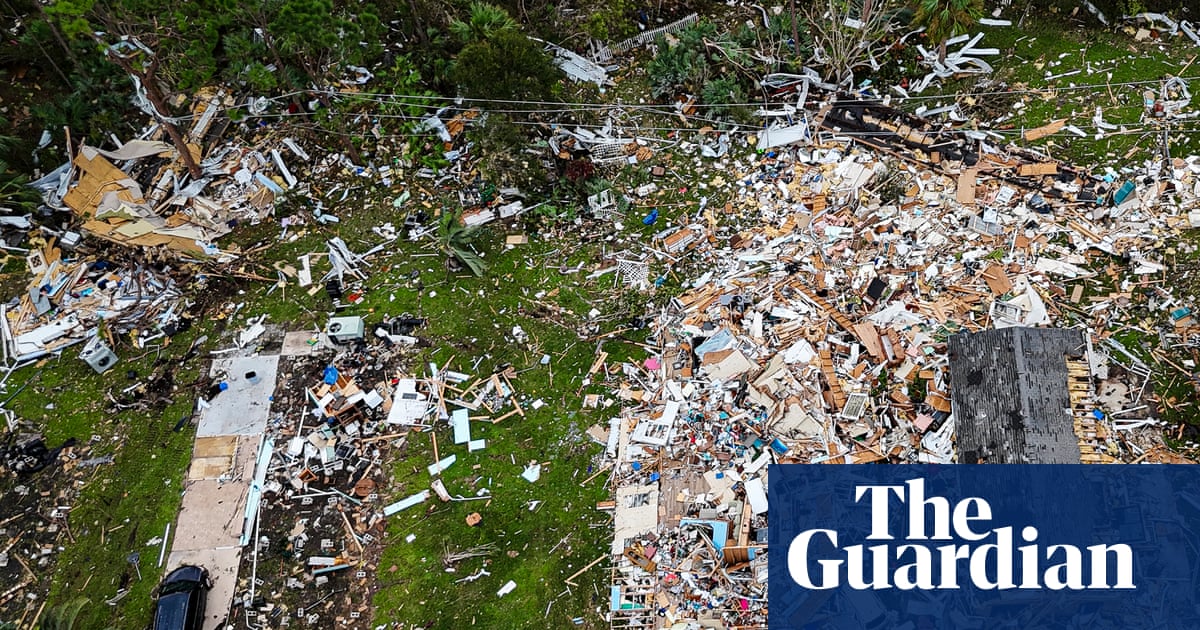There was a rare moment of joy among Israelis and Palestinians on Monday as Hamas released the remaining 20 living hostages in Gaza as part of a swap deal for nearly 2,000 Palestinian detainees, on a day world leaders met in Egypt to try to ensure the current limited truce is extended into a durable peace.
Addressing the summit, the Egyptian president, Abdel Fattah el-Sisi, called for the ceasefire in Gaza to usher in a new era in the Middle East. “Let the Gaza war be the last of wars in the region,” the president said, amid widespread anxiety over how long the current truce will last.
In Tel Aviv, an estimated 65,000 Israelis gathered in “hostages square” and cheered when a military helicopter carrying the 20 freed Israelis flew over the crowd on the way to a nearby hospital. Live footage of their release and their family reunions was broadcast on large screens around the square. The plaza has been the centre of the national campaign for their release since 250 Israelis were abducted on 7 October 2023 in the surprise Hamas attack on southern Israeli communities which killed 1,200 people and ignited the conflict.
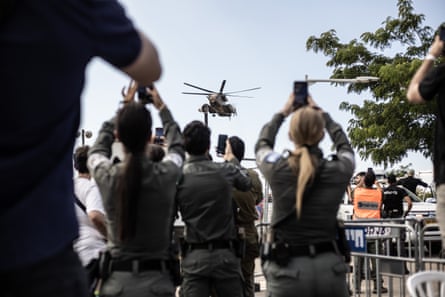
Over the course of Monday, a large crowd massed in the southern Gazan city of Khan Younis to celebrate the return of nearly 1,700 Palestinians detained over the course of the war, while in the West Bank capital of Ramallah people welcomed the arrival of 88 Palestinian detainees who had been serving life sentences imposed by Israeli courts. At least one had been imprisoned for 24 years. About 160 more were deported through Egypt after their release.
The Public Committee Against Torture in Israel said almost all Palestinian detainees had been held without trial as “unlawful combatants”. It noted that there were 22 minors among those released, some of the 360 Palestinian minors held in Israeli custody.
The ceasefire appeared to be holding in Gaza on Monday after a two-year Israeli military onslaught that has killed nearly 68,000 people. But 2.1 million surviving Palestinians there still face a deep and complex humanitarian crisis in a sealed coastal strip where the overwhelming majority of homes have been destroyed or severely damaged, and which has been starved of humanitarian supplies for many months.
Tom Fletcher, the head of the UN’s humanitarian relief branch OCHA, said aid deliveries had begun arriving in Gaza, with far more poised to enter the stricken territory in the coming days.
“Millions of Palestinians counting on lifesaving aid getting through at scale. We must make it happen,” Fletcher said on social media while attending the peace summit at Sharm el-Sheikh.
Donald Trump, who brokered the ceasefire last week, arrived in the Red Sea resort after a short visit to Israel. He declared “a new day is rising” and signed a joint declaration with the leaders of Egypt, Qatar and Turkey, intended to turn the ceasefire into a coherent peace plan.
The last Gaza ceasefire broke down after two months in March when Israel resumed its offensive. There are fears in the region that this truce may also prove precarious, especially given the resistance from the far-right wing of the Israeli prime minister Benjamin Netanyahu’s coalition.
Trump insisted that his 20-point proposal for maintaining peace and rebuilding Gaza would take root. “The document sets out a whole series of rules and regulations and is very comprehensive,” the US president said.
The contents of the declaration signed in Sharm el-Sheikh were not immediately made public and the aspirations expressed in Trump’s 20 points, involving the disarming of Hamas and the deployment of a stabilisation force under a technocratic Palestinian committee overseen by a “peace board” chaired by the US president, present an extremely challenging task.
The “Summit for Peace” was a virtual who’s who of Middle Eastern and European politics, while attracting other unlikely power brokers in the Trump era of international diplomacy such as the president of Fifa, Gianni Infantino. Leaders from at least 27 countries, many in Europe and the Middle East, joined the summit in Sharm el-Sheikh on Monday.
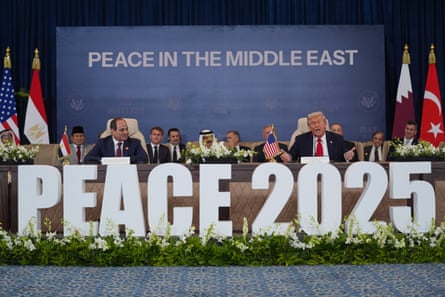
Conspicuously absent among them was Israel’s Benjamin Netanyahu, whose attendance other regional leaders would probably have protested. But the leaders of the major Arab and regional states, including Egypt’s Abdel Fattah al-Sisi, Turkey’s Recep Erdoğan, and the leaders of the Gulf states Qatar and the United Arab Emirates, were present. Keir Starmer and European leaders from France, Germany, Italy, Hungary and others also attended.
However, representatives from Israel or Hamas were absent from the signing ceremony. A last minute plan by Trump to invite Netanyahu was scuppered after Erdoğan said he would not land his plane if the Israeli prime minister attended.
In Sharm el-Sheikh, Trump said he had been watching videos of the Israeli hostages being reunited with their families.
“The level of love and sorrow, I’ve never seen anything like it. It’s amazing. They haven’t seen their loved ones in such a long time,” he said. “In one sense, it’s so horrible that this could take place. In another, it’s so beautiful to see a new and beautiful day is rising.”
Beyond the welcoming crowd in Khan Younis, the response across Gaza to the mass detainee release was muted by the desperate circumstances and the nervousness over whether the ceasefire would stick. It was unclear how many of those freed on Monday were militants from Hamas or other armed groups, and how many had simply been swept up by Israeli forces.
Some returned to meet new children born during their captivity. Others came back to find their relatives had been killed in a conflict that has seen a historically high rate of civilian casualties among Palestinians. A UN human rights commission has assessed Israel’s actions constitute genocide.
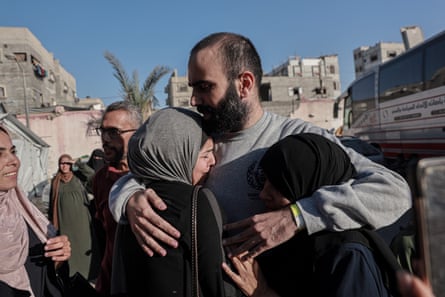
Haitham Salem, one of the detainees freed on Monday, discovered on his release that his wife and children had been killed and he was the sole survivor of his immediate family. Naji al-Jafarawi returned on the same day his brother Saleh, a social media journalist and activist, was being buried.
The International Committee of the Red Cross, which oversaw the hostage and detainee transfers, conducting brief interviews with all those released on Monday, said it had also transferred the remains of four dead hostages to the Israeli authorities.
Humanitarian workers said it was now a race against time to rush humanitarian assistance into Gaza. It has been reported that, under the ceasefire agreement, Israel will open five crossings into Gaza, including one leading from Egypt. Only one crossing, at Kerem Shalom between Gaza and Israel, has been open for aid deliveries throughout much of the conflict.
“With easing of movement and access restrictions in multiple areas, we were able to pre-position medical and emergency supplies to where they are needed most, assess key roads for explosive hazards, and support displaced families in flood-prone areas,” Fletcher said, adding that Israel had given security clearance for 190,000 metric tons of humanitarian supplies to enter Gaza, including food, tent components, medicine and other essentials.
-
Additional reporting by Andrew Roth in Washington

 1 month ago
32
1 month ago
32
